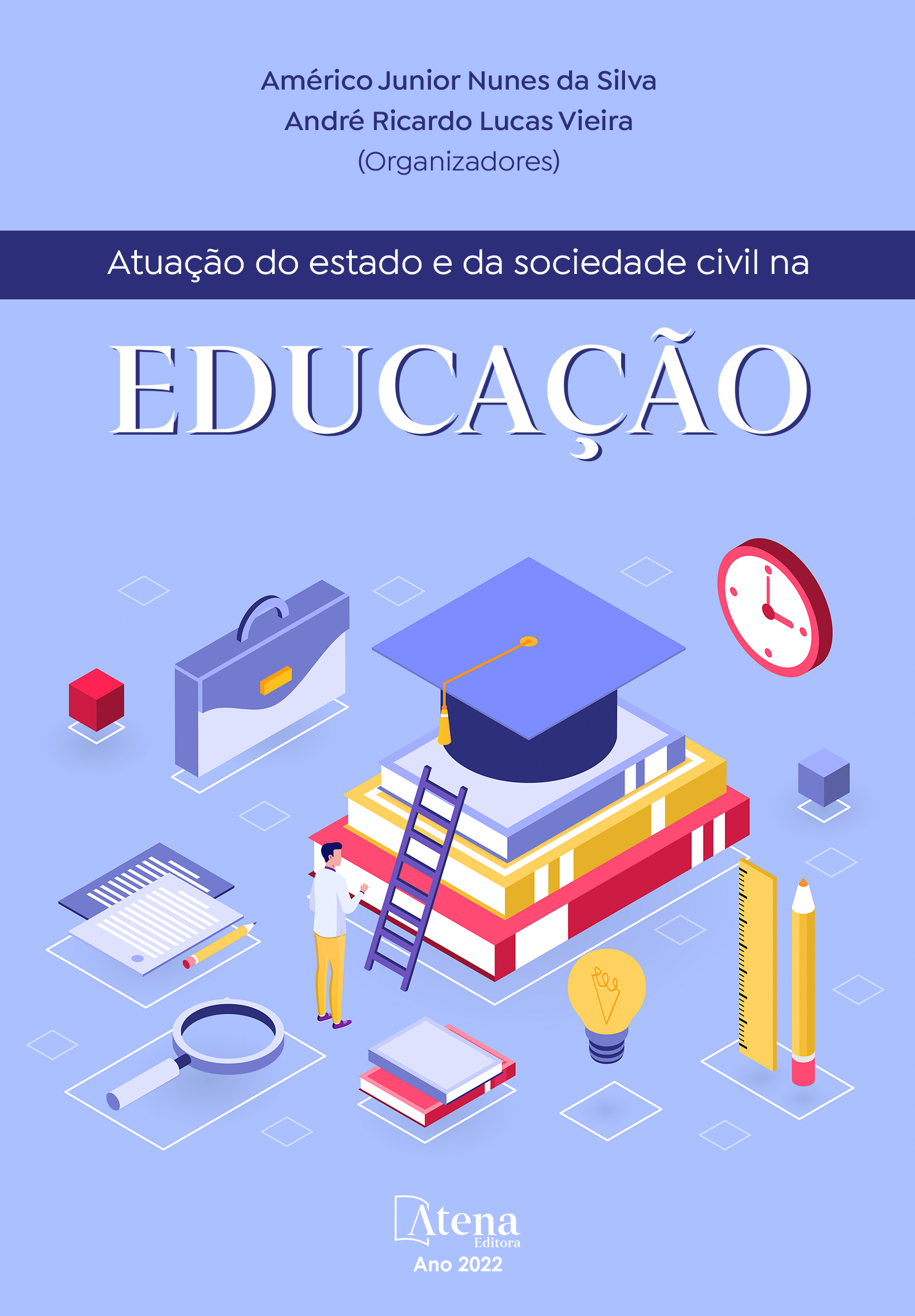
EFECTO DEL PROGRAMA NACIONAL DE APOYO DIRECTO A LOS MÁS POBRES Y LA POBREZA EN LAS DIMENSIONES DE SALUD Y EDUCACIÓN EN EL DISTRITO DE SANTA LUCÍA, PUNO- PERÚ
La investigación se desarrolló en el distrito de Santa Lucía, región Puno, tiene el propósito de determinar el efecto del Programa Nacional de Apoyo Directo a los más Pobres “JUNTOS” sobre la pobreza en el distrito de Santa Lucía, Puno - Perú, viendo la pobreza desde la dimensión de educación “rendimiento académico” y salud “estado nutricional”. La investigación se enmarca bajo el enfoque cuantitativo de tipo cuasi experimental, cuya muestra se determinó por el método probabilístico, las técnicas e instrumentos utilizados fueron: la ficha antropométrica para determinar el estado nutricional; revisión de registros y actas para conocer el rendimiento académico; por lo tanto, el efecto se estimó mediante la prueba de diferencia de medias de muestras independientes en la variable estado nutricional, por otro lado, la regresión logística binaria simple para identificar el efecto del programa en la variable rendimiento académico. Arribándose a los siguientes resultados; en la prueba de diferencia de medias se obtuvo un p-valor = 0.088 mayor al 5% de nivel de significancia, por ende, el Programa JUNTOS tiene influencia negativa en la variable nutrición, porque los niños con o sin programa se encuentran en el similar estado de índice de masa corporal (IMC) <19 “desnutrición”, rechazándose la hipótesis alterna y aceptamos a la hipótesis nula. Con respecto al rendimiento académico hallamos un R cuadrado de Nagelkerke = 0.018, lo cual nos indica una precisión de 1,8% nivel de predicción bajísimo, es decir, el Programa JUNTOS no determina a la variable rendimiento académico, además, el estadístico de Wald=0.675 es inferior al por lo que el Programa JUNTOS, en otros términos, los niños con programa y sin programa tienen la misma posibilidad de tener promedio de rendimiento A y AD. Por lo tanto, se concluye que el Programa Nacional de Apoyo Directo a los más Pobres JUNTOS, es ineficaz para aliviar la extrema en el corto plazo, mediante la entrega de transferencias en efectivo a los hogares y en el largo plazo, romper el ciclo de transmisión intergeneracional de la pobreza mediante la promoción del capital humano.
EFECTO DEL PROGRAMA NACIONAL DE APOYO DIRECTO A LOS MÁS POBRES Y LA POBREZA EN LAS DIMENSIONES DE SALUD Y EDUCACIÓN EN EL DISTRITO DE SANTA LUCÍA, PUNO- PERÚ
-
DOI: 10.22533/at.ed.0532208069
-
Palavras-chave: Educación, nutrición, pobreza, Programa Nacional de Apoyo Directo a los Más Pobres.
-
Keywords: Education, nutrition, poverty, National Program of Direct Support to the Poor.
-
Abstract:
The research was carried out in the district of Santa Lucía, Puno region, with the purpose of determining the effect of the National Program of Direct Support to the Poorest “TOGETHER” on poverty in the district of Santa Lucía, Puno - Peru, seeing the poverty from the education dimension “academic performance” and health “nutritional status”. The research is framed under the quantitative approach of a quasi-experimental type, whose sample was determined by the probabilistic method, the techniques and instruments used were: the anthropometric record to determine the nutritional status; review of records and records to know academic performance; therefore, the effect was estimated by means of the test of difference of means of independent samples in the nutritional status variable, on the other hand, the simple binary logistic regression to identify the effect of the program on the academic performance variable. Arriving at the following results; In the mean difference test, a p-value = 0.088 greater than 5% level of significance was obtained, therefore, the JUNTOS Program has a negative influence on the nutrition variable, because children with or without a program are in the same state of body mass index (BMI) <19 "malnutrition", rejecting the alternative hypothesis and we accept the null hypothesis. With respect to academic performance we find a Nagelkerke R squared = 0.018, which indicates an accuracy of 1.8% very low prediction level, that is, the JUNTOS Program does not determine the academic performance variable, in addition, the Wald statistic = 0.675 It is less than , so the Program TOGETHER, in other words, children with a program and without a program have the same possibility of having average performance A and AD. Therefore, it is concluded that the National Program of Direct Support to the Poorest TOGETHER, is ineffective in relieving the extreme in the short term, by delivering cash transfers to households and in the long term, breaking the cycle of intergenerational transmission of poverty through the promotion of human capital.
-
Número de páginas: 16
- Enrique Gualberto Parillo Sosa
- Virginia Guadalupe Pacompia Flores
- Jose Oscar Huanca Frías
- Carmen Eliza Zela Pacori
- Illich Xavier Talavera Salas
- Juan Manuel Tito Humpiri
- Lucio Ticona Carrizales
- Jose Humberto Ticona Paucar


